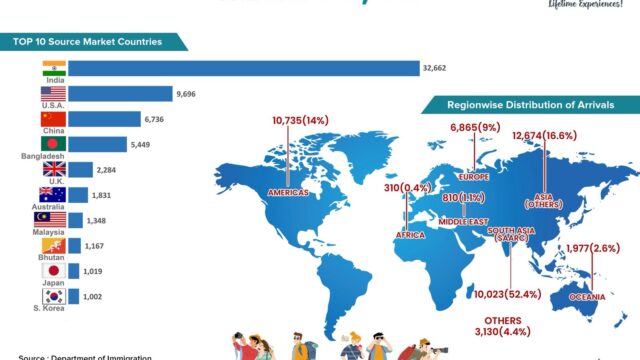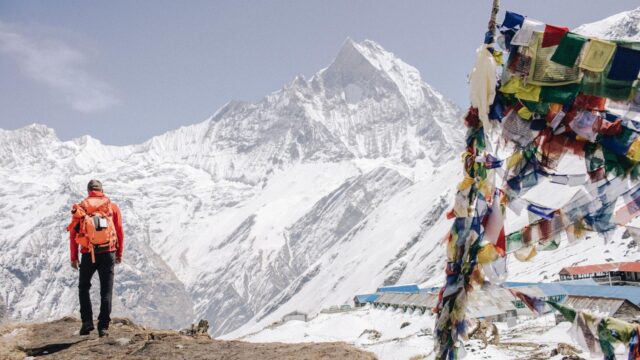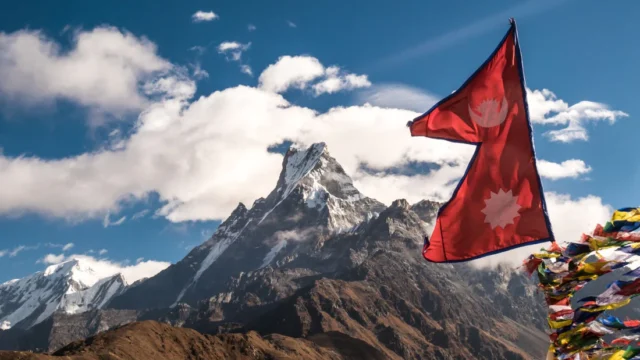Pemba Sherpa was at The Balcony, the last resting spot at 8,430 meters before the summit of Mount Everest when he decided to turn back. It would have been his ninth summit in a decade, but his tight boots caused severe pain and numbness. Recognizing the risks, he left his assistant to guide the clients and never returned to Everest’s highest reaches. Now 45, he leads treks and kayaking tours in Sweden, prioritizing safety and stability.
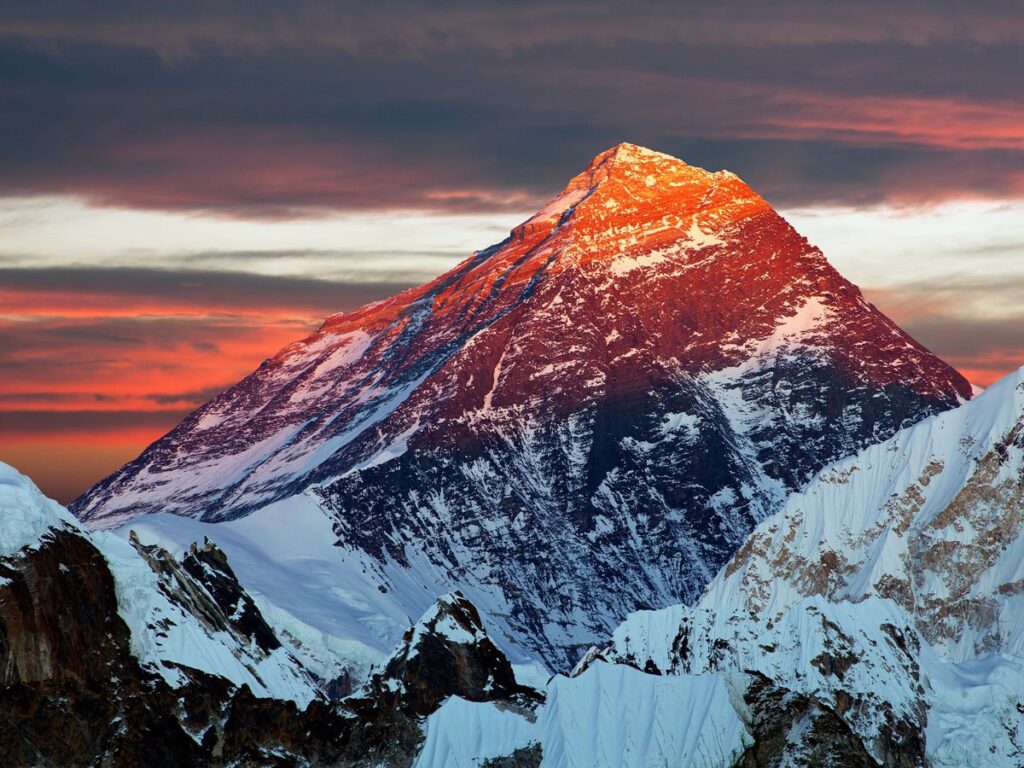
Climbing risks on Everest have only increased since Sherpa’s departure. In 2019, a record 644 permits were issued, intensifying overcrowding concerns. Avalanches and extreme weather, worsened by climate change, have become more frequent. Social media hype has attracted inexperienced climbers, leading to higher fatalities. In 2023, 18 people died due to sickness, exhaustion, and falls the highest annual toll.
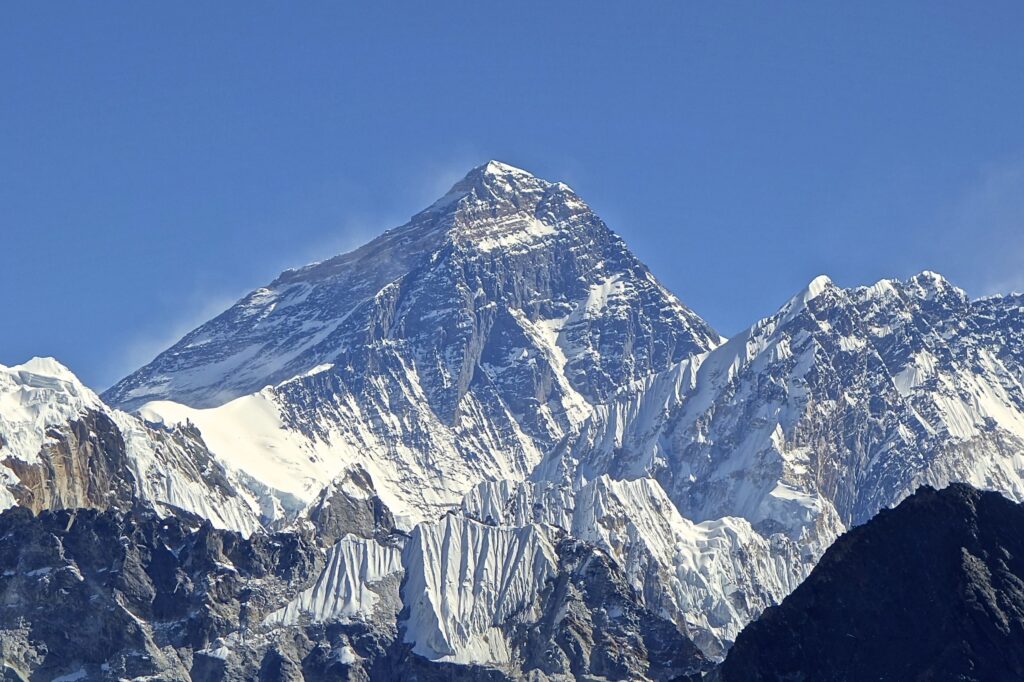
In response, Nepal’s Supreme Court ordered tighter regulations on Everest climbing and sanitation. New rules, effective from September, aim to improve safety and waste management. Fees for peak-season permits will rise by 36% to $15,000, with discounts for off-season climbs. Guides will become mandatory above 8,000 meters, with a 25% increase in life insurance coverage. The minimum daily pay for guides will more than double.
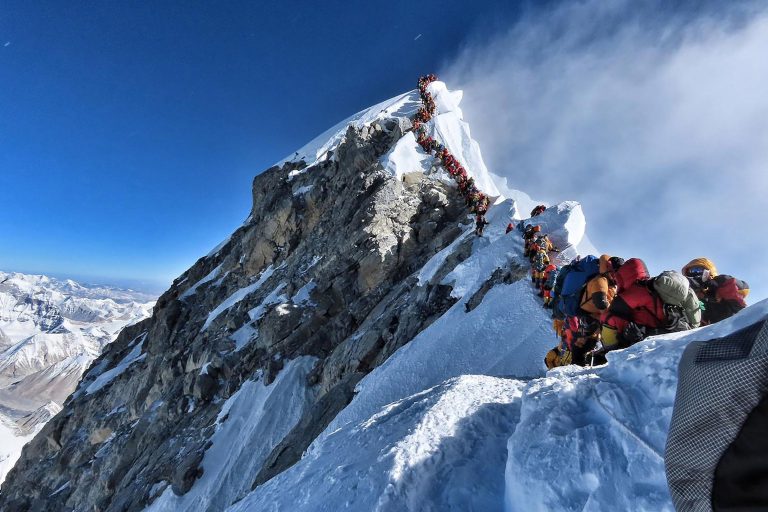
Everest’s economic significance for Nepal is substantial. In 2023, foreign climbers paid $5.09 million for permits, contributing to the country’s $2.2 billion tourism industry. However, overcrowding, environmental damage, and safety concerns persist. While China enforces stricter climbing regulations, Nepal struggles with enforcement. Many liaison officers neglect duties, and climbers bypass waste deposit requirements.
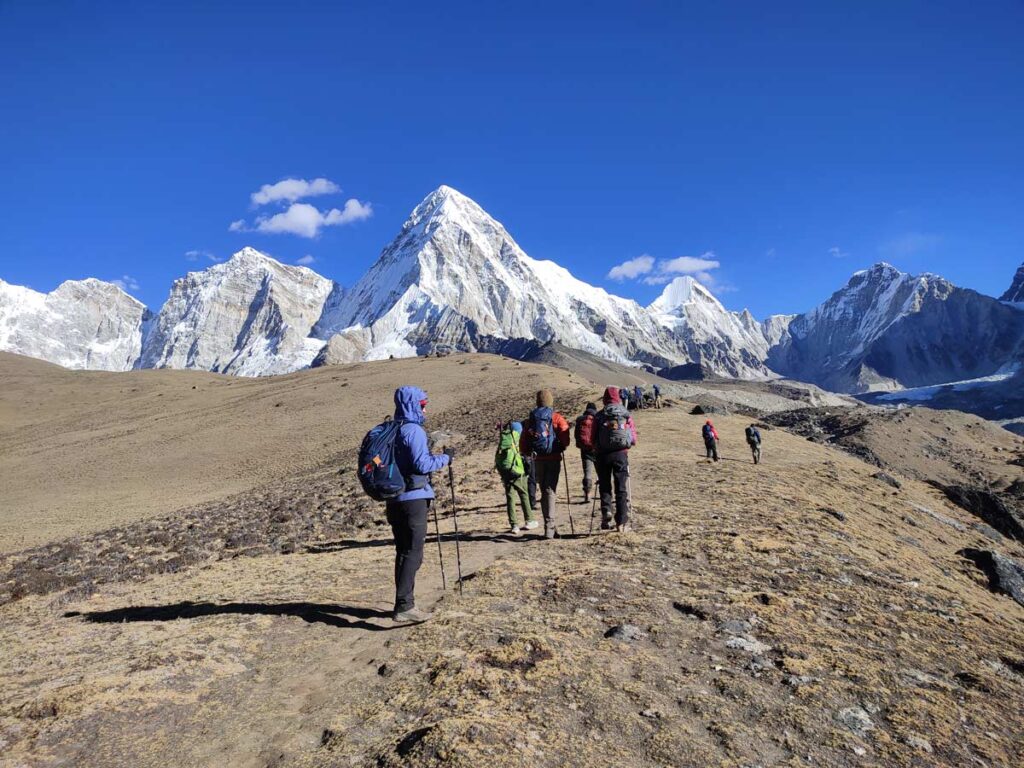
Despite new rules mandating waste removal, practical enforcement remains a challenge. Everest’s future depends on balancing tourism revenue with sustainability and safety. While Nepal remains the preferred destination, stricter regulations could help preserve the world’s highest peak for future generations.

